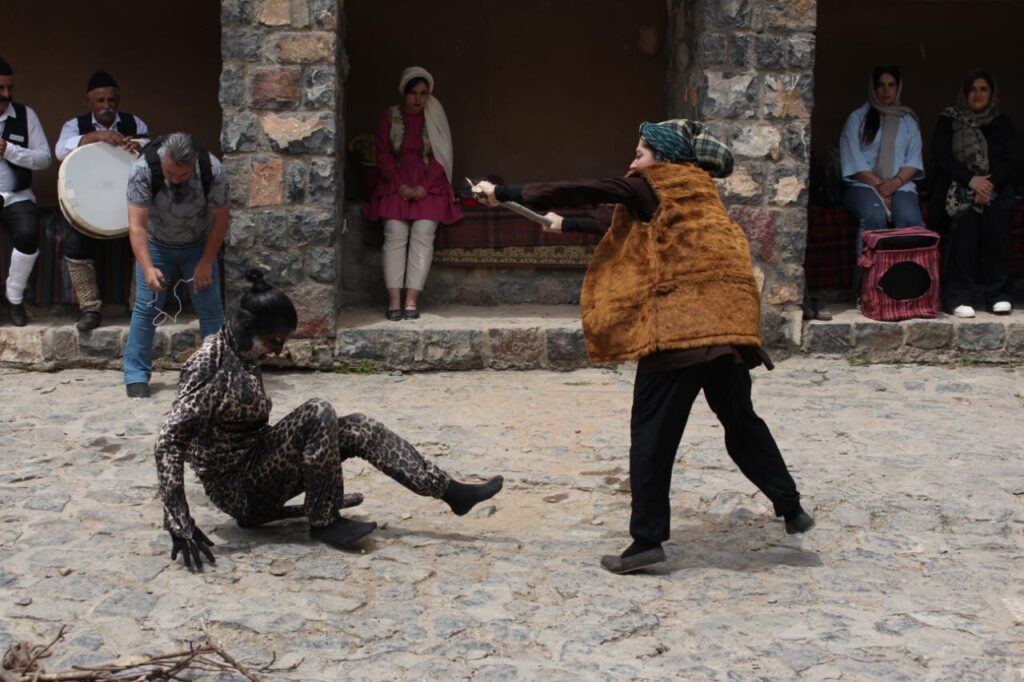Kandelous (Mazandaran) – The strange story of “Mina and the Leopard” is an important oral legend in the village of Candelos, located in the northern province of Mazandara, Iran.
Deeply ingrained in the region’s rich folk traditions, the story is closely linked to the village’s untouched forests and mystical natural landscapes.
It was thought to have been held a century ago between 1896 and 1906 (1275-1285 in the Persian calendar). In recent years, it has also emerged as a unique attraction for tourists exploring the area.
Based on the story, Mina is a beautiful young woman from Candelos, a misty day with forests, and meets the leopard. If you disobey her expectations, the animal will not attack her.
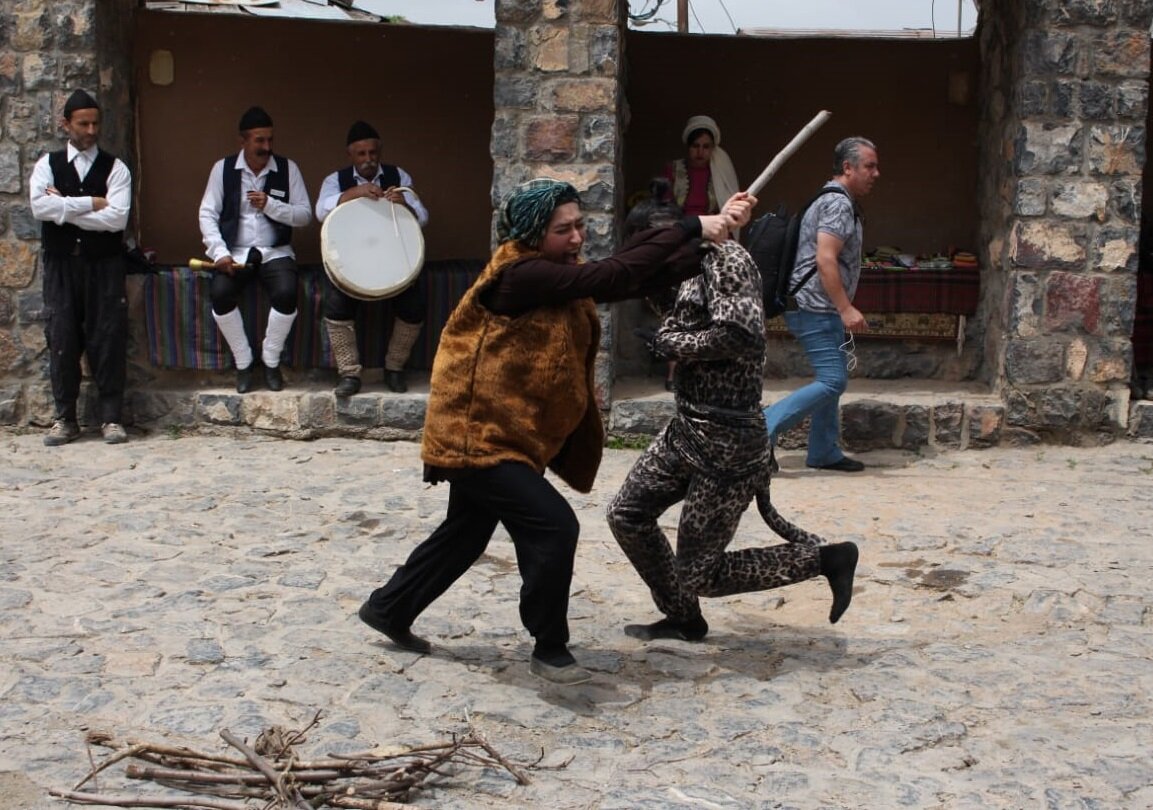
Instead, a strange, poetic bond is formed between them. It is a layered emotional connection with symbolism and mystery. In some letterings, the leopard is portrayed as the spirit of the guardian of the wilderness, not mere creatures. The ending of the story varies from version to version (some are romantic, others are tragic, and they take advantage of its mysterious charm.
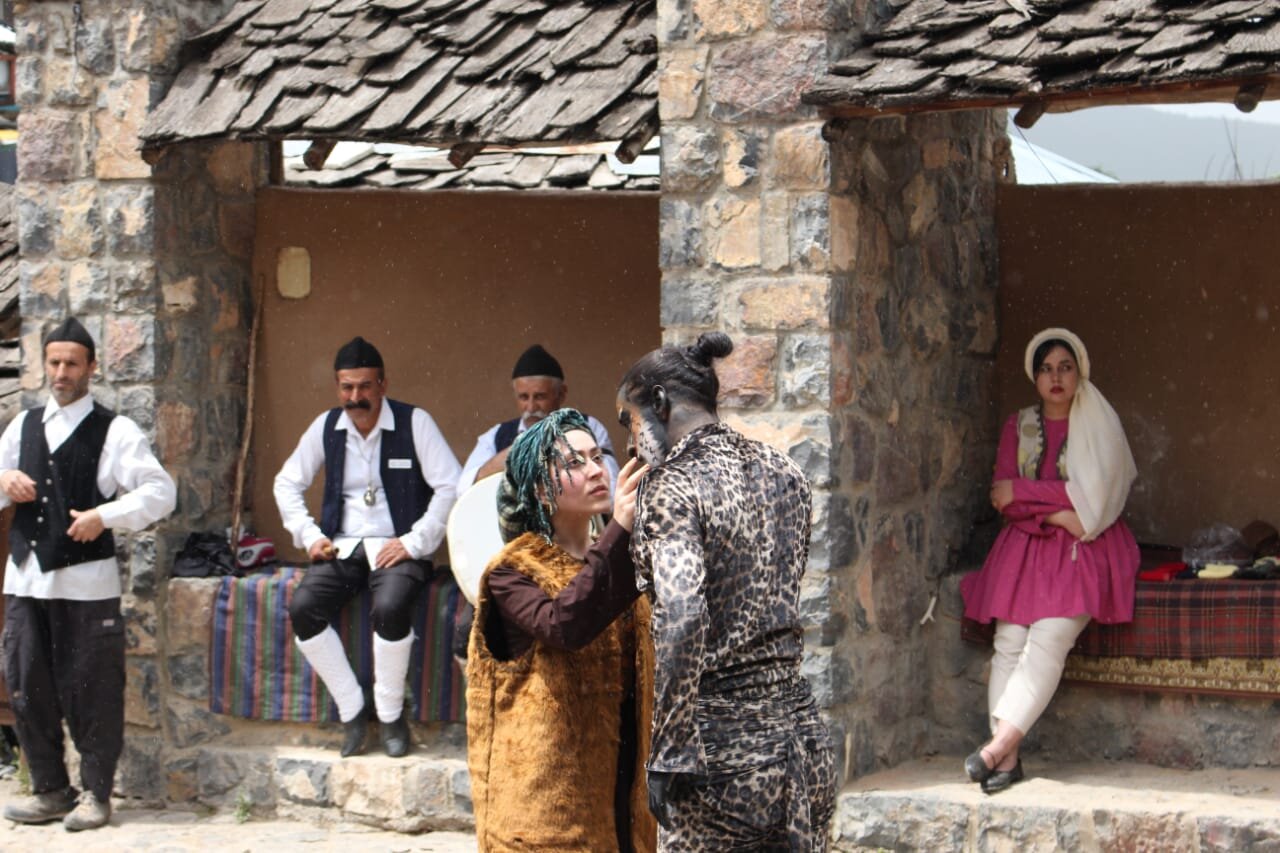
Today, legend has influenced the storytelling tours and local performances unfolding within the natural, rural setting of Kandelous. The village has embraced the story as a cultural heraldic, and is now reflected in its crafts, paintings and folk music. These creative expressions help attract visitors and folklore lovers to Candelos, where myths and memories continue to shape the traditions in which they live.
Tourist heaven
According to local tourist insiders, Candelos is more than a scenic mountain village. “It is a testament to living, breathing to harmony between culture, nature and sustainability.”
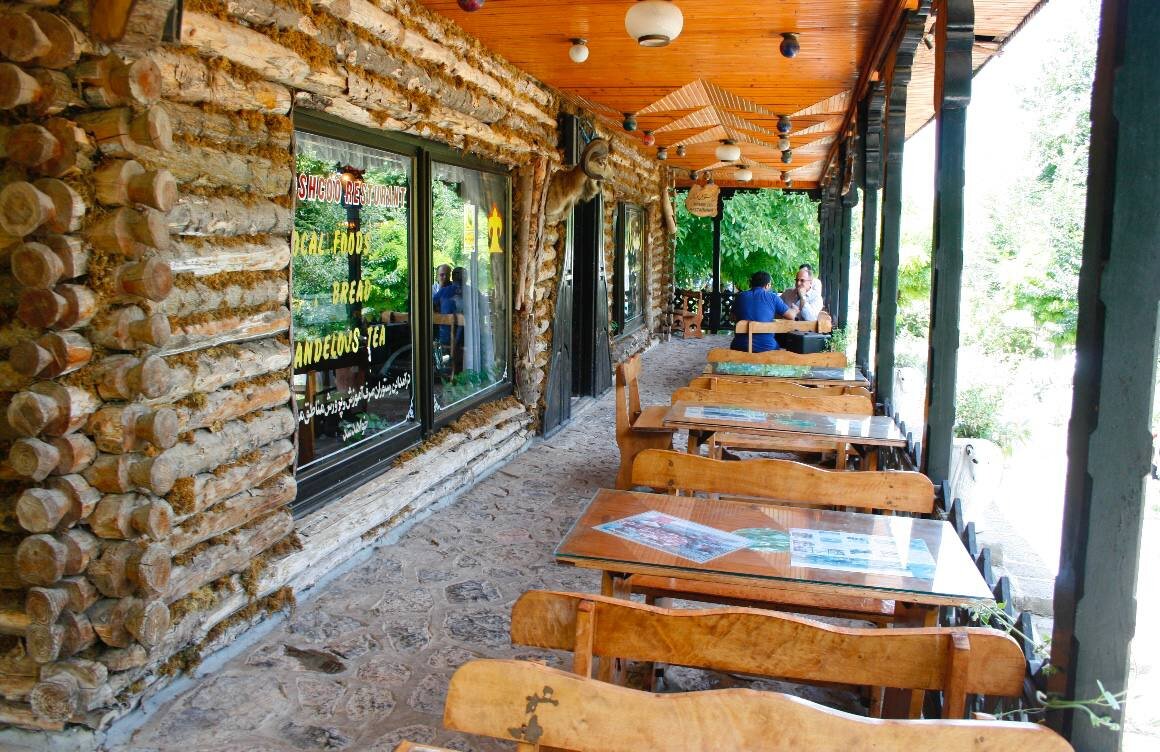
The ancient village offers comfortable accommodations such as suites, villas and guesthouses, allowing visitors to fully experience the peaceful environment. The village also has an open park and pavilion, offering quiet spaces for relaxation and seasonal festivals.
Beyond historical significance, Candelos is famous for its medicinal plant farms that grow over 250 species of rare and precious herbs. The village has become a hub for traditional Chinese herbal medicines, maintaining the knowledge of Iranian healers while promoting sustainable agricultural practices.
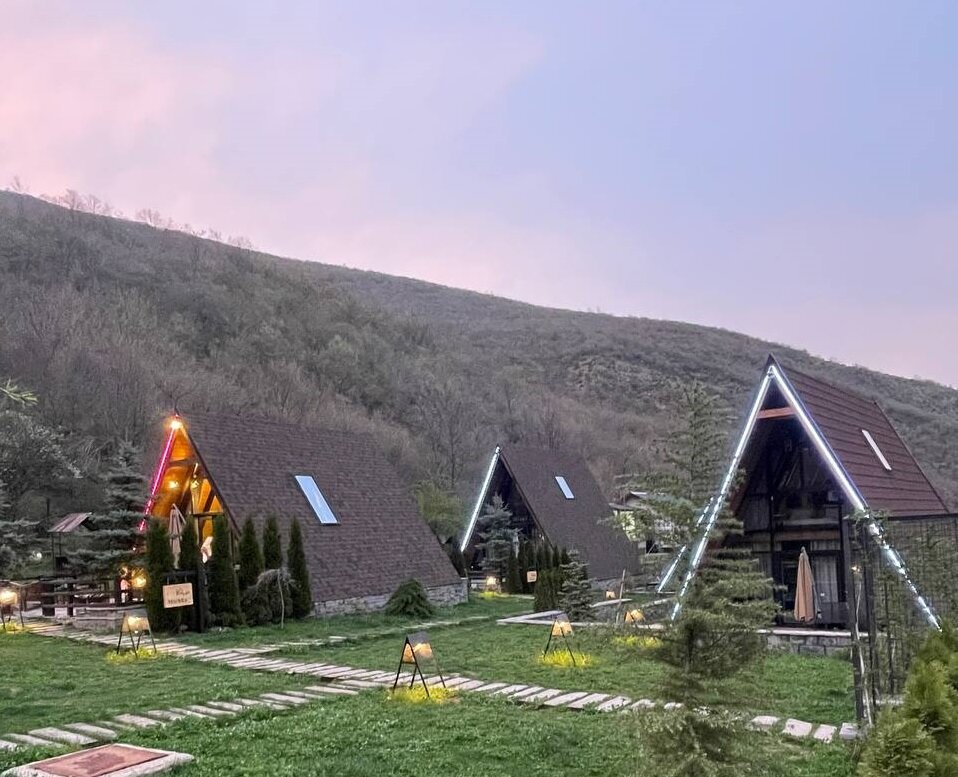
Visitors can enjoy traditional Iranian cuisine in the traditional restaurant. The local handicraft market is another highlight of the village, featuring Jazim textiles, felt clothing, socks, gloves and flower wool blouses.
morning

